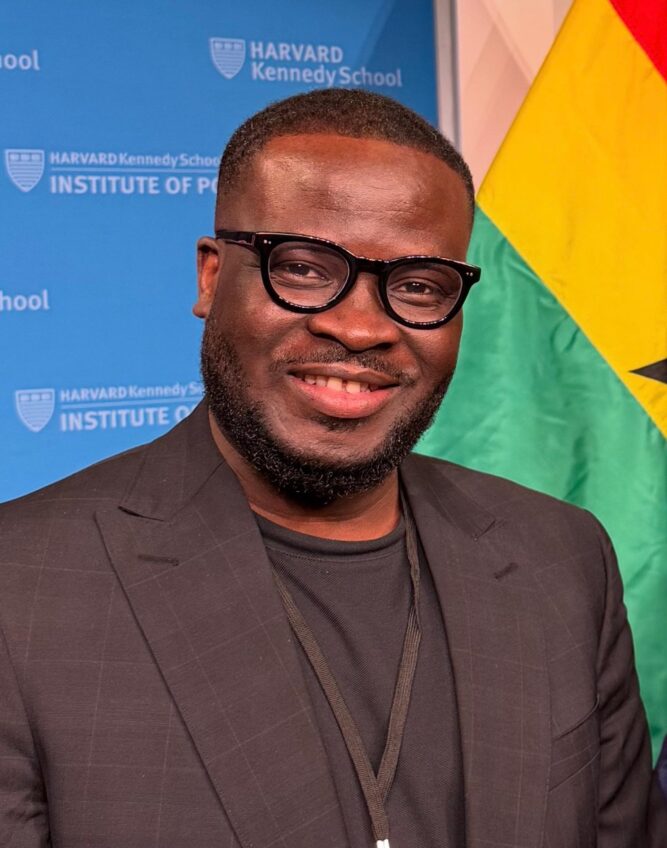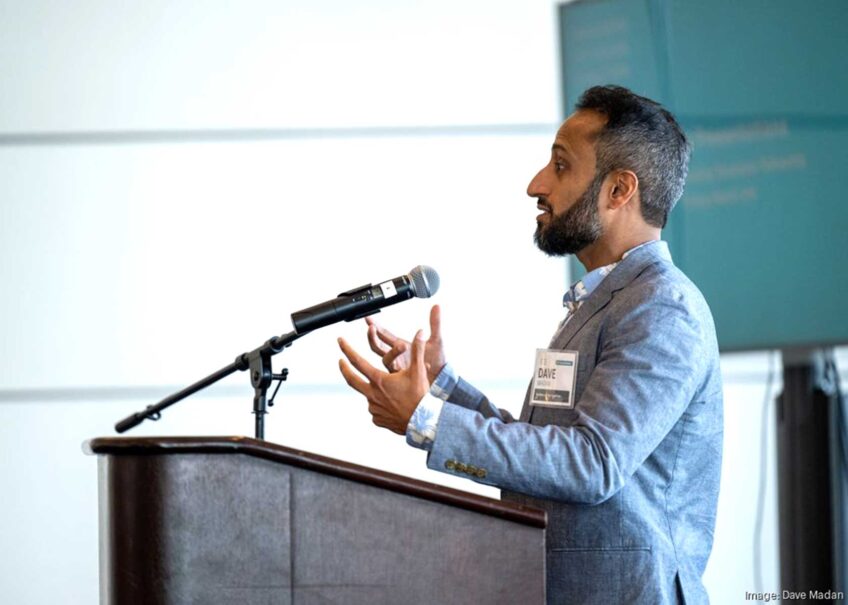Report details disparate educational outcomes for blacks, Latinos in Boston schools
A new report analyzing educational opportunities and outcomes for black and Latino male students in the Boston schools identifies significant disparities in areas such as special education identification, suspension rates, attendance and dropout rates and access to advanced work curricula and exam high schools.
The report, “Opportunity and Equity: Enrollment and Outcomes of Black and Latino Males in Boston Public Schools,” contains results and recommendations from a study examining demographic, enrollment and performance data for school years 2009 to 2012. The study was commissioned in 2013 by former Boston Public Schools Superintendent Carol R. Johnson and conducted by the Center for Collaborative Education and the Annenberg Institute for School Reform at Brown University in partnership with BPS.
Researchers set out to investigate two broad questions: What is the diversity within the male Black and Latino communities in BPS? and How do Black and Latino male students perform in BPS relative to female
students and male students of other races?
Enrollment in the 56,000-student BPS system is overwhelmingly black and Latino, with 77.8 percent of male students falling in these two groups.
“This is the Boston Public Schools. This is who we serve,” said BPS Interim Superintendent John McDonough in a press briefing before the report release. “Their success defines success in Boston Public Schools.”
The report makes a number of recommendations, and McDonough noted that some of them are already underway. For instance, expansion of early education has emerged as a core initiative for closing opportunity and achievement gaps; efforts are underway to recruit a diverse teacher workforce; special education students, which include black and Latino students in disproportionate numbers, are increasingly included in mainstream classrooms; dual-language learning opportunities are expanding; a new Code of Conduct aims to reduce suspensions; and dropout rates for black and Latino students have been cut in half since 2006 and are now at the lowest levels ever recorded, he said.
But still, the report paints a sobering picture of the experience of the non-white, non-Asian students who make up the majority of BPS children and youth.
For instance, black males had the highest special education identification rate in elementary, middle and high school grades.
Asked whether there is reason to believe black males have higher rates of learning disabilities, McDonough said, “The answer to that has to be no. So the deeper question is, what’s going on?”
BPS is looking at the current process of identifying students with learning disabilities, McDonough said. He said BPS needs to “wrestle with” the fact that the disproportion among black students occurs with disabilities related to behavior, and among Latinos, disabilities are more often language-related.
“I want to be very clear. This is not about deficiencies in students. We own this. This is ours,” he said. “[This is] about our ability to support students in a way so that students are poised for success.”
He also said academic teams are being reorganized to strengthen the “bridge” between special education, English language learning and core academics.
Black and Latino students also had the highest suspension rates in the middle school grades. The rate in 2012 was 9.4 percent for black males and 7 percent for Latino males; in contrast, for Asian males the rate was 2.7 percent, and for whites, 2.4 percent.
Gaps were also found in Advanced Work Class enrollment. AWC is a program offered in some BPS schools that provides an accelerated academic curriculum with higher volumes of schoolwork and homework. Admission into AWC is based on a third-grade Terra Nova test score; students above the cut score are invited to enroll during school registration period. While not required for entrance to the three competitive exam high schools, the AWC program is widely seen as a track leading toward those schools (Boston Latin School, Boston Latin Academy and the John D. O’Bryant School of Mathematics and Science). The exam schools admit students based on grades and performance on a standardized exam that students optionally take in fall of grade six.
Overall, only 9.3 percent of BPS students were enrolled in Advanced Work Class (AWC) in grades four through six. But of these AWC students, more than 45 percent were white or Asian, and only 5.0 percent black and 5.3 percent Latino.
Among male students in grades 7 through 12, 45 percent of white students and 47.8 percent of Asian students attend one of the exam schools, compared to just 8.6 percent of black males and 8 percent of Latino males.
McDonough attributed some of this disparity to different levels of awareness among and communication to parents of AWC and exam school options.
The report recommends that BPS “convert all grade 4–6 classrooms into AWC classrooms.” It is not spelled out what changes would be made in earlier grades to ensure students who now struggle academically would be prepared for the more rigorous coursework and larger homework loads of the AWC program.
BPS Deputy Superintendent of Academics Eileen De Los Reyes, who was present at the press briefing, spoke about new “expeditionary learning” in early grades that stresses project-based, rigorous learning and “Socratic seminars.” She said these were elevating the rigor of all classrooms to the rigor of AWC and she expects students will rise to the occasion. McDonough added that similar efforts to move more high school students into advanced placement classes has yielded promising results.
This issue requires a conversation broader than the report data, McDonough said, but he suggested that BPS could clarify and strengthen different pathways to exam schools and rigorous coursework.
A recommendation not discussed in the press briefing is to prioritize pre-kindergarten (K–zero and K1) enrollment for low-income and black and Latino students.
One of the unusual features of the study is its level of detail for racial/ethnic diversity. Researchers went deeper than simple “black” and “Latino” categories, adding in language, country of origin and place of birth in order to capture a truer picture of the ethnic and cultural diversity within groups. They could then make comparisons for Black North American, Black Caribbean, Black African, Latino White, Latino Black, Latino Other, Latino North American, Latino Caribbean and Latino Central American.
In the dropout rate, for instance, Black North American male dropout rates were higher than Black African and Black Caribbean rates in all high school grades. Latino-Black males had a higher dropout rate than Latino-Whites in most high school grades. In addition, Latino-Black males had their highest dropout rate in ninth grade, unlike most other racial/ethnic groups whose highest dropout rate was in eleventh grade.
Black African and Black Caribbean students had far higher rates of limited English proficiency than Black North Americans. While this fact is not surprising, it is often obscured by figures indicating LEP rates for “black” students more generally.
In the special education figures, too, differences emerge among black students, with black North American students placed in special education more often than their African and Caribbean counterparts at all grade levels.
When asked about what expense might be involved in making necessary changes, McDonough did not talk specifically about dollars, but about overarching priorities. He seemed to leave the door open for increased expenditure.
“The challenge here is really to examine our practice,” McDonough said, “all of those things that contribute or do not contribute to a student’s success. Are they advantaged or disadvantaged by how they are assigned to a school, by how we recruit, retain and support an effective teaching workforce, and by the support structure we have for students?”
He summed up by asserting, “We in BPS have made it our primary goal to eliminate opportunity gaps. If our practices, our investments and our allocations are not consistent with that goal, we are setting ourselves up for failure.”






